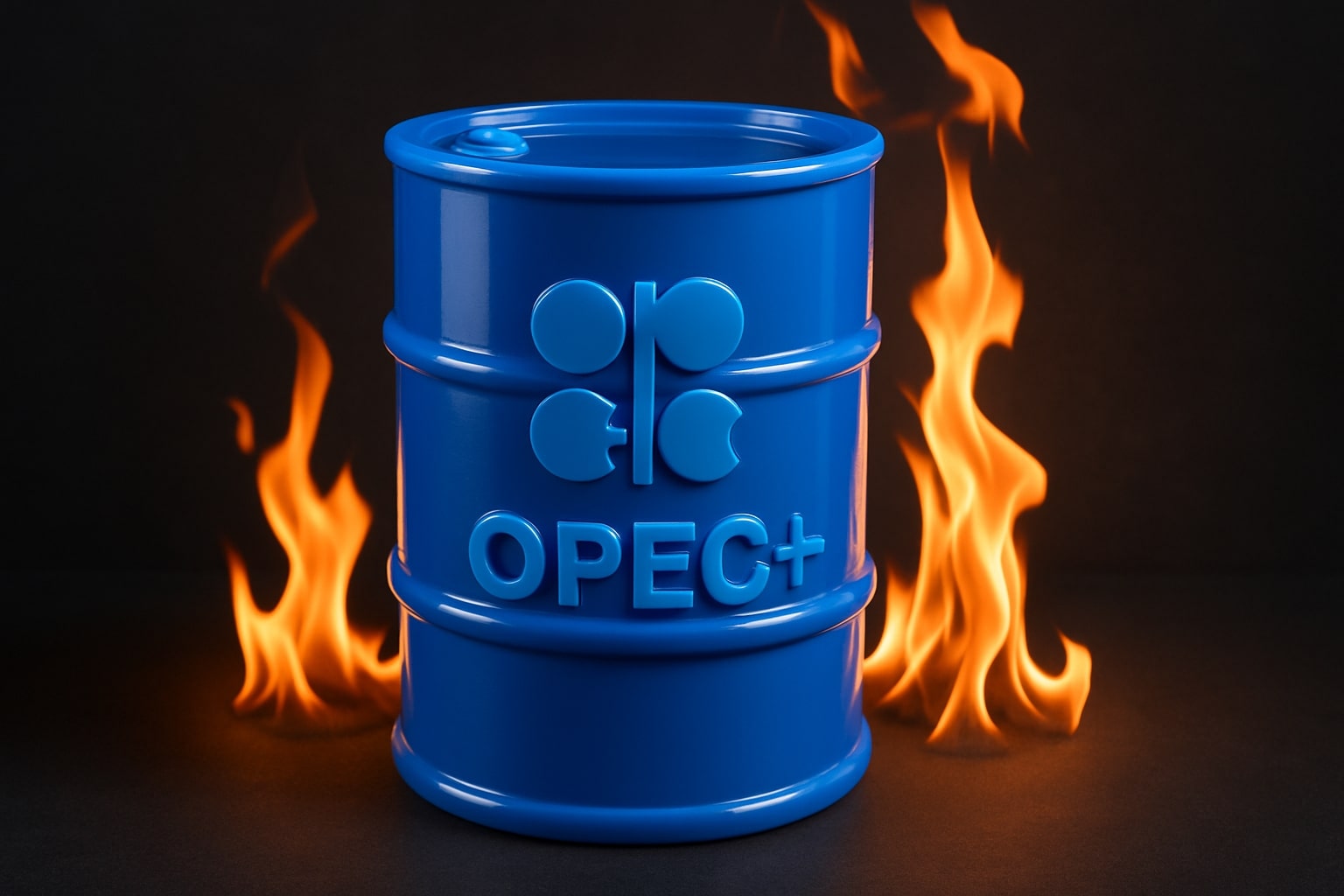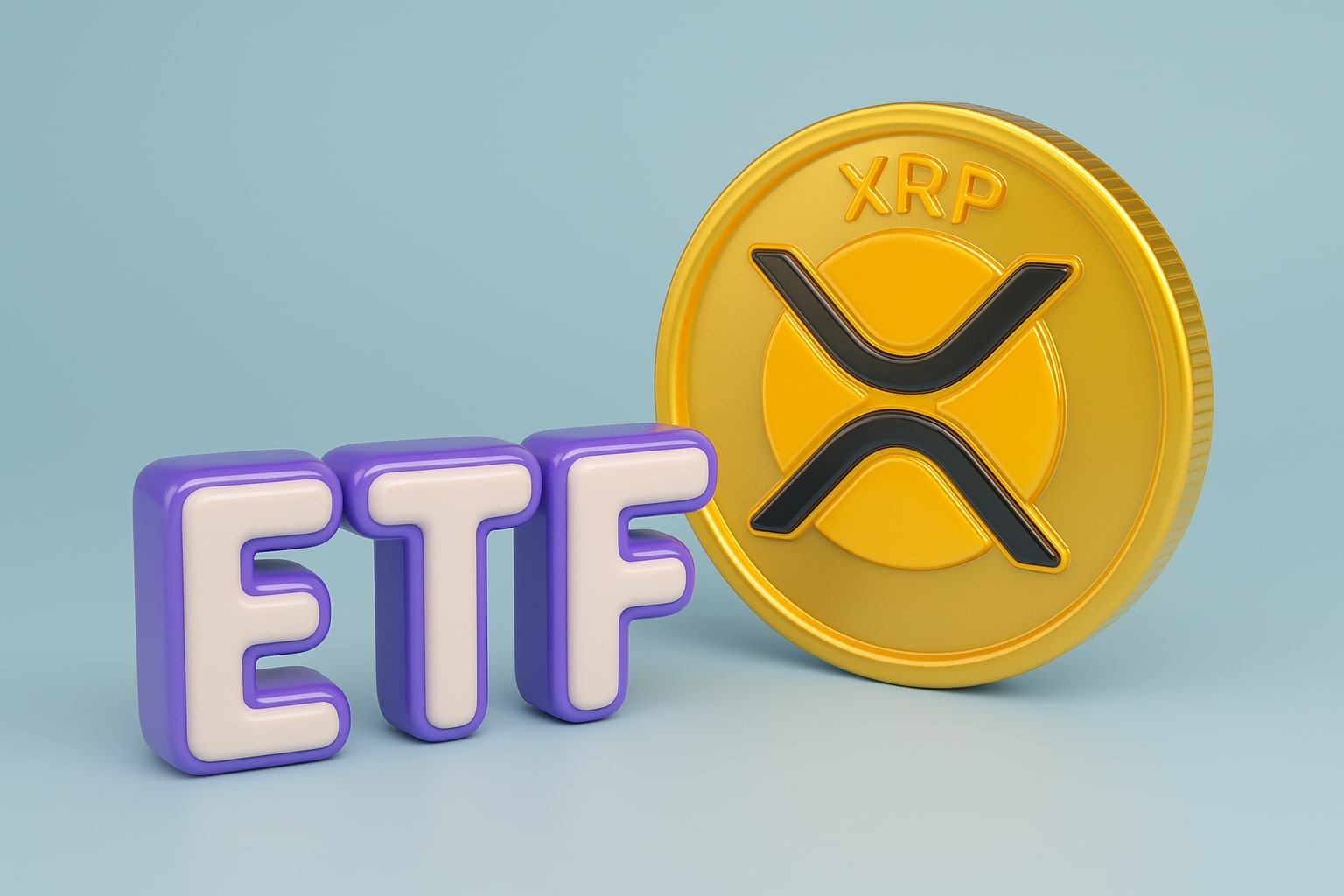
Oil Prices (CL=F, BZ=F) Edge Higher on Geopolitics, But U.S. Stock Build Caps Gains
WTI climbs 2.14% to $63.97 and Brent gains 1.96% to $67.69 as Trump tariff push and Israeli strikes tighten supply outlook, offset by U.S. builds and weak demand | That's TradingNEWS
WTI Crude (CL=F) and Brent (BZ=F) Face Tight Supply and Political Shockwaves
Oil markets have entered another volatile week with WTI crude (CL=F) trading at $63.97, up 2.14%, and Brent (BZ=F) at $67.69, gaining 1.96%, after geopolitical events and shifting fundamentals pulled prices in different directions. The price recovery followed reports of Israeli strikes in Doha and renewed U.S. tariff threats from the Trump administration, which injected bullish pressure into crude. Yet the bounce remains fragile, with traders balancing near-term supply shocks against weakening demand signals and swelling inventories in the United States.
U.S. Crude Inventory Build Puts Pressure on CL=F
The U.S. Energy Information Administration reported a 3.9 million-barrel build in commercial crude inventories, taking stockpiles to 424.6 million barrels. Gasoline inventories added 1.5 million barrels, while distillates surged by 4.7 million barrels. The increase contrasts with last week’s 2.4 million-barrel draw, undercutting the bullish narrative from Middle East tensions. The API figures had suggested a smaller build of 1.25 million barrels, but the larger official number weighed on sentiment. Despite this, WTI managed to hold gains during New York trading, rising 0.57% to $63.32, signaling that geopolitical premium is offsetting some bearish supply signals.
Saudi Aramco Financing Highlights Strain from Lower Oil Prices
Saudi Aramco’s return to debt markets underscores the pressure of lower crude prices on the Kingdom’s finances. The company is issuing new sukuk bonds in five and ten-year maturities, following a $5 billion bond sale earlier this year. Lower oil revenues forced Aramco to cut performance-linked dividends and ramp up borrowing to sustain commitments, including payouts to the Saudi government, which owns over 90% of the company. At the same time, Saudi Arabia’s sovereign debt activity has accelerated, with a $5.5 billion sukuk issue last week drawing $17.5 billion in orders, and the Public Investment Fund (PIF) raising $2 billion via 10-year bonds. The borrowing spree reveals how Brent prices below the $90 per barrel fiscal breakeven are testing Saudi fiscal stability, even as Aramco remains the most profitable energy firm globally.
Geopolitical Tensions Fuel Short-Term Upside in BZ=F
The geopolitical backdrop is adding layers of uncertainty. Trump’s call for the European Union to impose 100% tariffs on China and India for purchasing Russian crude could severely disrupt trade flows if enacted, driving Brent higher. Analysts at LSEG warn that extending secondary sanctions and tariffs to top Russian buyers would tighten global supply, creating a bullish impulse even as Western economies struggle with inflation. Meanwhile, Israel’s military strike in Doha targeted Hamas leaders during ceasefire talks, raising concerns about escalating instability in the Gulf region. Brent’s modest move higher to $67.09 per barrel suggests that while traders are pricing in some geopolitical risk, weak demand forecasts are limiting upside momentum.
Production Dynamics: OPEC+, U.S., and South America
Chevron has announced plans to expand production in Argentina’s Vaca Muerta shale, targeting 30,000 barrels per day by end-2025, while U.S. shale continues to add output capacity. At the same time, OPEC+ is weighing production strategies, with markets debating whether the group could ease curbs into October despite demand concerns. Reports indicate that China’s crude stockpiling will continue through 2026, further shaping the demand side, while India has pledged to maintain Russian crude imports regardless of U.S. tariffs. These divergent flows highlight the fragile balance OPEC+ faces in defending prices.
Read More
-
PFFA ETF Nears $21.50 as Rate Cuts and 9.49% Yield Spark Renewed Demand
29.11.2025 · TradingNEWS ArchiveStocks
-
XRPI and XRPR ETFs Ignite Ripple’s Institutional Rally as Inflows Near $1B and XRP Holds $2.20
29.11.2025 · TradingNEWS ArchiveCrypto
-
Natural Gas Price Forecast - NG=F Blasts to $4.85 as Demand Surge Fuel Multi-Month Breakout
29.11.2025 · TradingNEWS ArchiveCommodities
-
USD/JPY Price Forecast - Yen to Dollar Slides to 156.10 as Yen Strengthens on Fed Cut Expectations
29.11.2025 · TradingNEWS ArchiveForex
Technical Picture: WTI and Brent in Tight Ranges
WTI crude shows resistance near $66.00 and support around $62.00, with repeated rallies failing to break through upper levels. Brent crude faces its own ceiling at $70.00, with the 50-day EMA flat, underscoring the lack of directional conviction. The U.S. Strategic Petroleum Reserve has been slowly refilling, adding a layer of supply cushion that dampens speculative buying pressure. As long as inventories remain elevated and macro demand signals weak, prices may remain stuck in these ranges despite geopolitical volatility.
Oil Market Verdict: Hold With Geopolitical Premium
With WTI at $63.97 and Brent at $67.69, oil is caught between geopolitical flare-ups that inject short-term upside and fundamental headwinds from inventory builds and weaker demand forecasts. Saudi Arabia’s need to tap bond markets despite its massive reserves highlights the fiscal pain of sub-$70 oil, while U.S. inventory data reveals oversupply concerns. The technicals suggest capped rallies unless demand improves, yet the geopolitical backdrop ensures that downside moves will be shallow. Given this mix, oil sits best as a Hold, with opportunistic trades possible around the $62–$66 WTI and $65–$70 Brent ranges. Bulls need a confirmed demand recovery or OPEC+ action to break higher, while bears are constrained by supply shocks that keep crude propped up.



















